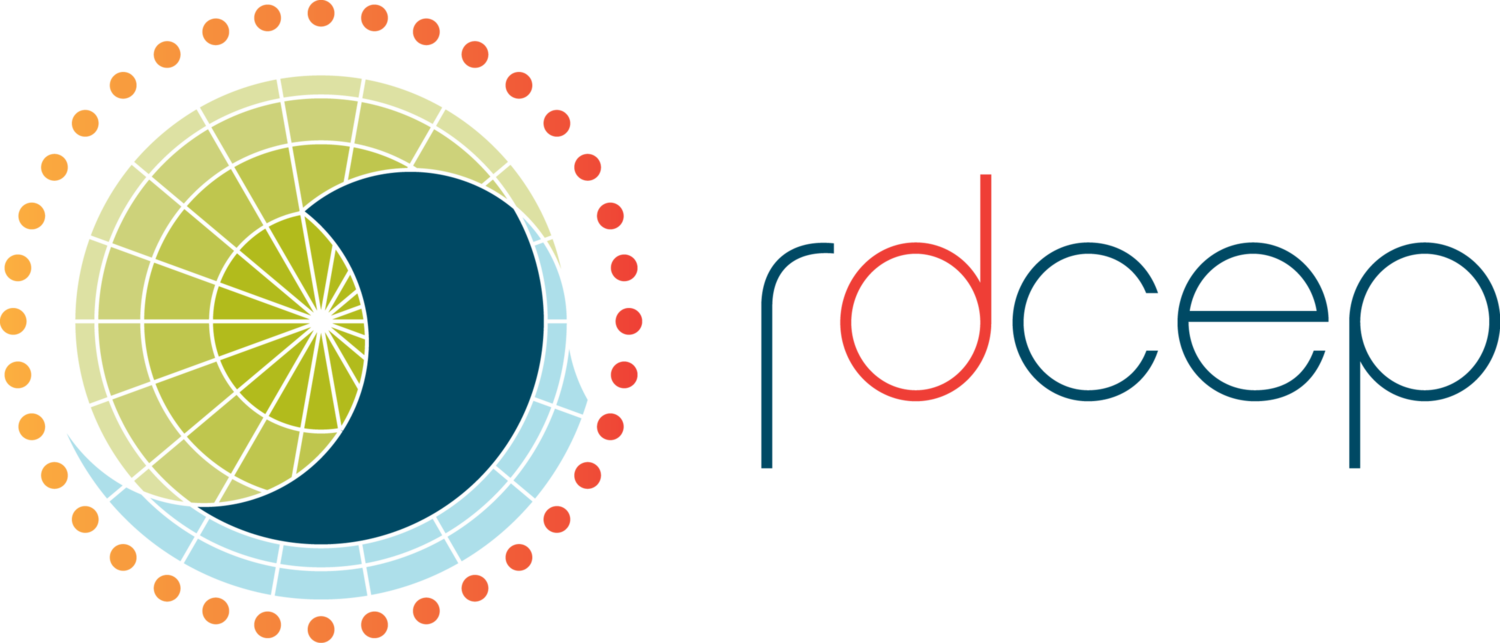FABLE
/Forest, Agriculture, and Biofuels in a Land use model with Environmental services (FABLE)
The allocation of global land resources over the next hundred years has become a pressing question. We seek to understand the implications of future uncertainty in climate impacts, climate regulation and energy prices on the long-term trajectory of global land use and associated GHG emissions. To that end, we have developed FABLE, a dynamic global model aimed at analyzing the optimal profile for global land use in the context of growing commercial demands for food, bioenergy, and forest products, increasing non-market demands for ecosystem services and greenhouse gas mitigation targets.
STRUCTURE OF THE ECONOMY IN THE FABLE MODEL
Key features of FABLE include: perfect foresight, dynamic, partial equilibrium, eight sectors / commodities, a vintage representation of the forestry sector, fertilizer-land substitution for intensification, 1st and 2nd generation biofuels, and efficient use of resources. The model is calibrated to GTAP 7 land-use data. Below shows a flow diagram of the FABLE components.
FABLE has been used to analyze the dynamic impacts of biofuels on global land use and evaluate the social benefits of second generation biofuels in the context of uncertain energy prices, climate regulation and climate impacts. The model has been extended to incorporate decision making under uncertainty through the development and implementation of new computational tools for dynamic stochastic analysis.
Recent studies include:
Valuing second generation biofuel technology:
Results revealed that the global, social value of second generation biofuels is also highly dependent on these same uncertainties. Climate regulation raises the value of second generation biofuels by about fifty percent, while flat energy prices over the coming century virtually eliminate the social value of these alternative fuels.
GET THE CODE
People:
Yongyang Cai | Alla Golub | Thomas Hertel | Ken Judd | Brent Sohngen | Jevgenijis Steinbuks












